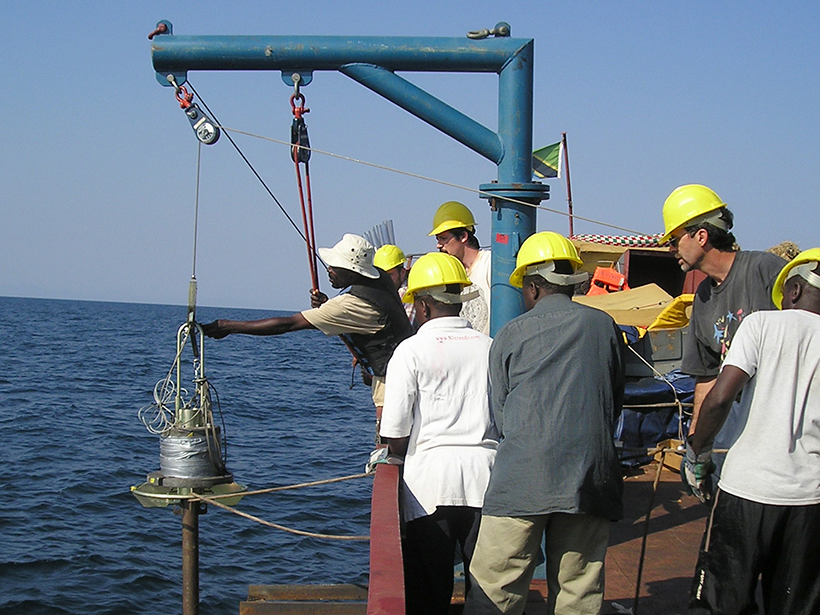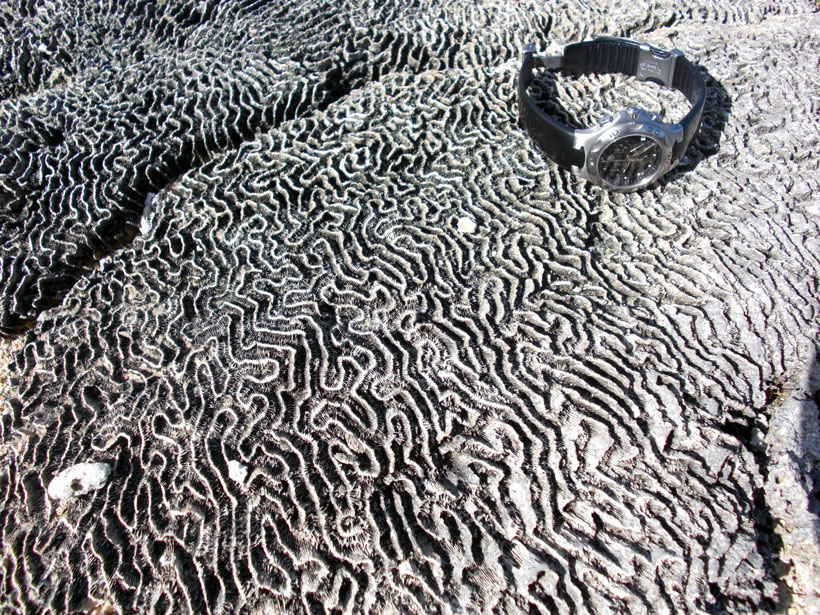A review of recent research advancements takes a deep dive into North Atlantic ocean circulation and its potential role in historical climate shifts.
Paleoceanography and Paleoclimatology
Translating Climate Models to the Language of Paleoclimate Data
A new model will help climate models better interpret paleoclimate reconstructions derived from lake sediment and could improve predictions of future climatic conditions.
Southern Hemisphere Sediments Show Surprising Pliocene Cyclicity
New, high-resolution paleoclimate reconstructions with 100,000-year rhythms may offer insights into how Earth’s climate system operated during a time when the planet was warmer than it is today.
A Tribute to Wally Broecker
An editor of Paleoceanography and Paleoclimatology shares fond memories of his postdoc with Wally Broecker, who died in February.
Late Cretaceous Extreme Warmth at High Southern Latitudes
New proxy data indicate sea surface temperatures at high southern latitudes reached over 35°C during a period of extreme greenhouse climate that began about 100 million years ago.
A 192,000-Year Record of Northwest African Fire History
Biomarker analyses from an offshore sediment core suggest that increased fire occurrence around 55,000 years ago coincided with increased fuel loads and human settlement in this region.
Baltic Bacterial Blooms Over the Millennia
Eutrophication not only is a present-day anthropogenic phenomenon in the southern Baltic but also occurred over the past few millennia, with cyanobacterial blooms during times of climate warming.
What American Samoan Corals Tell About El Niño’s History
Samoan corals record how patterns of warm/cool and more/less salty in the equatorial Pacific changed in space and time over the last 500 years.
Tiny Marine Shells Reveal Past Patterns in Ocean Dynamics
A 400,000-year calcium carbonate record from the ocean floor sheds light on deep-ocean circulation and on mechanisms driving climate patterns and atmospheric carbon dioxide concentrations.
Fossilized Caribbean Corals Reveal Ancient Summer Rains
Isotope records and climate modeling suggest that the rainy Intertropical Convergence Zone expanded northward into the southern Caribbean during a warm interglacial period about 125,000 years ago.










